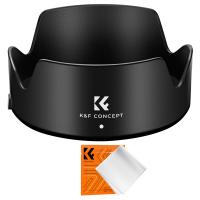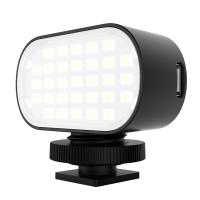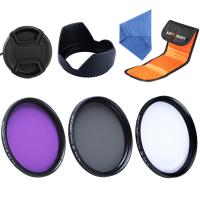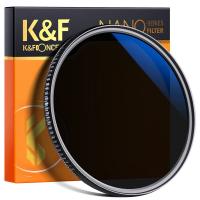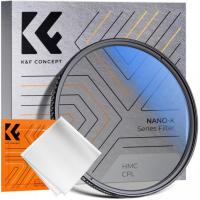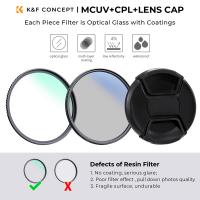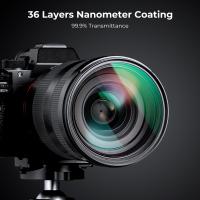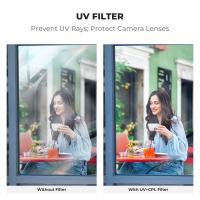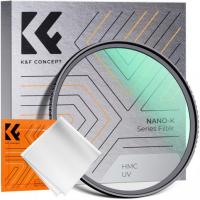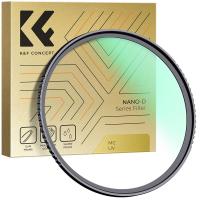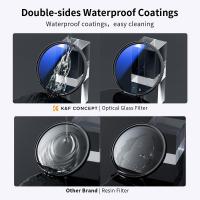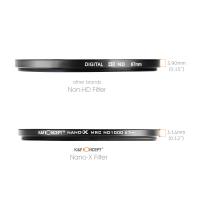What Is Quality Of Light In Photography?
The quality of light in photography is a critical aspect that can significantly influence the outcome of an image. Understanding the different types of light and how they affect a photograph is essential for any photographer, whether amateur or professional. In this article, we will delve into the various qualities of light, how they impact photography, and practical tips for utilizing them to enhance your images.
Understanding the Quality of Light
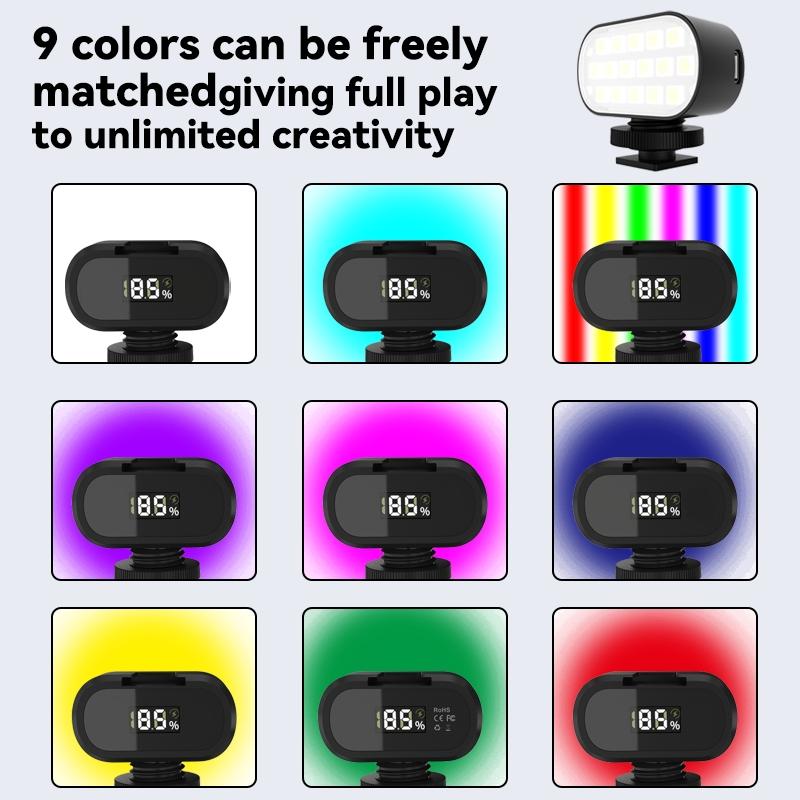
The quality of light in photography refers to the characteristics of the light source and how it interacts with the subject. It can be broadly categorized into two types: hard light and soft light.
Hard Light
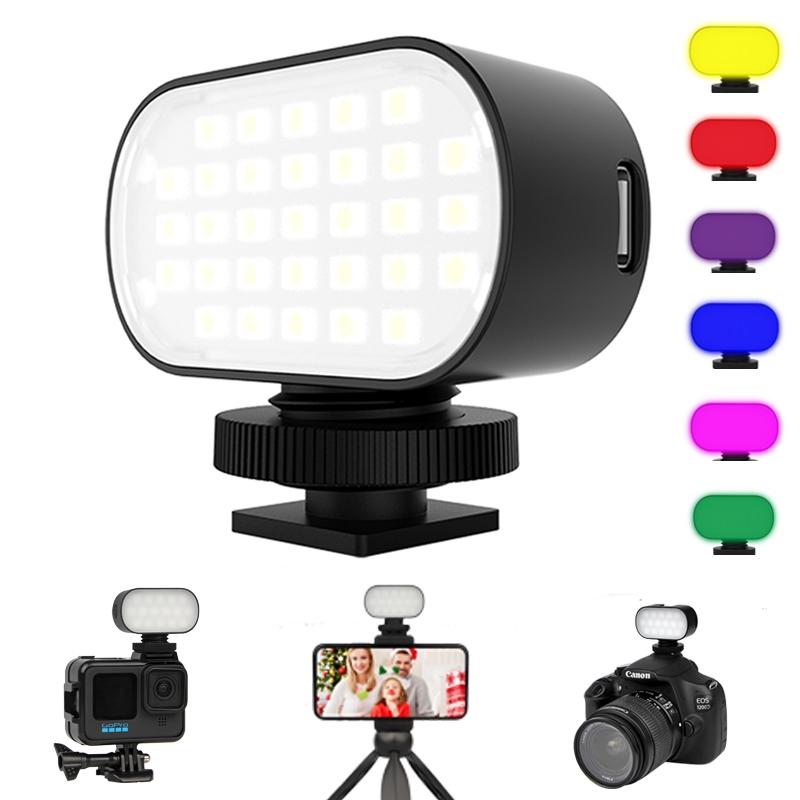
Hard light is characterized by its direct, intense, and focused nature. It creates sharp, well-defined shadows and high contrast between light and dark areas. This type of light is typically produced by small, concentrated light sources such as the midday sun, a spotlight, or a flash without a diffuser.
Advantages of Hard Light:
- Dramatic Effect: Hard light can create a dramatic and intense atmosphere, making it ideal for certain types of portraiture, fashion photography, and artistic shots.
- Texture and Detail: It accentuates textures and details, which can be beneficial for product photography or capturing intricate details in a subject.
Disadvantages of Hard Light:
- Harsh Shadows: The sharp shadows can be unflattering in portrait photography, highlighting imperfections and creating an unappealing look.
- Limited Flexibility: Hard light can be challenging to work with, especially in uncontrolled environments, as it requires precise positioning and angle adjustments.
Soft Light
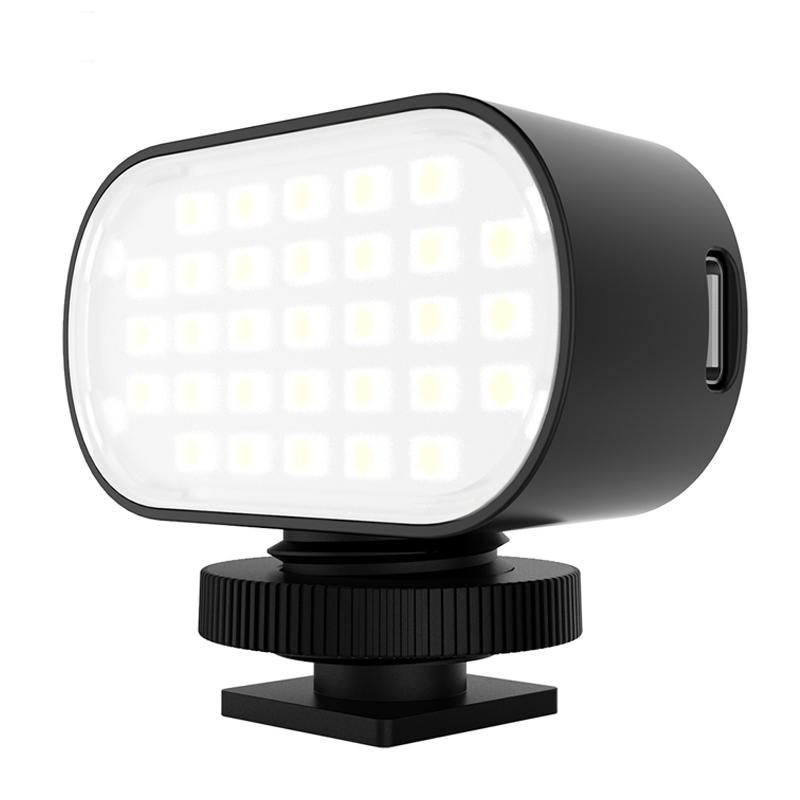
Soft light, on the other hand, is diffused and spread out, resulting in gentle, gradual transitions between light and shadow. It is typically produced by larger light sources or by diffusing the light through materials such as softboxes, umbrellas, or natural elements like clouds.
Advantages of Soft Light:
- Flattering Portraits: Soft light is more forgiving and flattering for portrait photography, as it minimizes shadows and reduces the appearance of imperfections.
- Even Illumination: It provides a more even and natural illumination, making it suitable for a wide range of photography genres, including landscapes, still life, and macro photography.
Disadvantages of Soft Light:
- Less Dramatic: The lack of strong shadows and contrast can result in less dramatic and impactful images, which may not be desirable for certain artistic or editorial purposes.
- Requires Equipment: Achieving soft light often requires additional equipment such as diffusers, reflectors, or specialized lighting setups, which can be cumbersome and costly.
Factors Influencing the Quality of Light
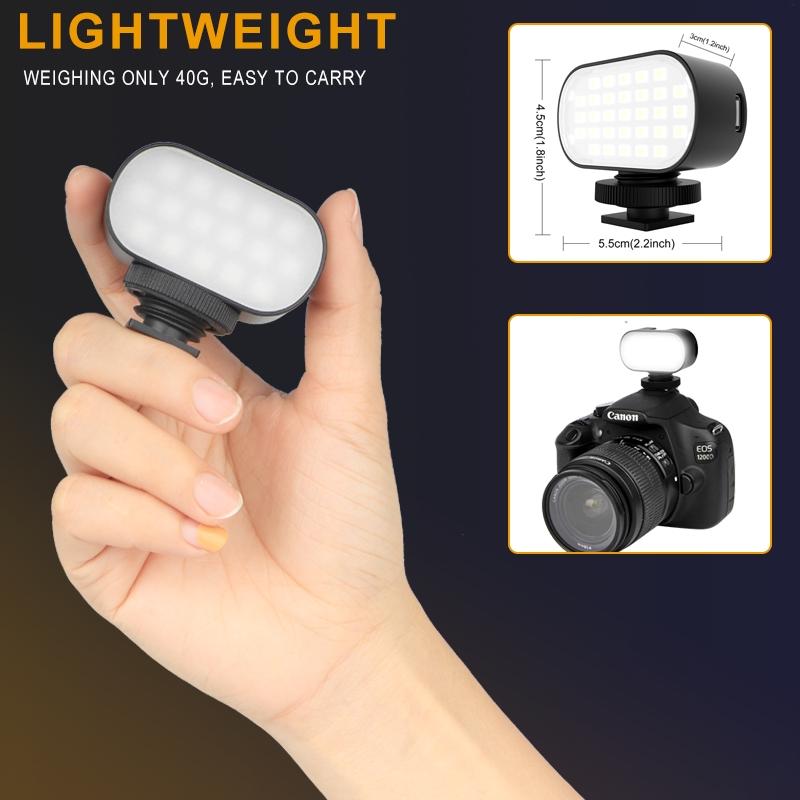
Several factors influence the quality of light in photography, including the size of the light source, the distance between the light source and the subject, and the presence of any diffusing or reflecting materials.
Size of the Light Source
The size of the light source relative to the subject plays a crucial role in determining the quality of light. Larger light sources produce softer light, while smaller light sources produce harder light. For example, the sun, despite being a large light source, appears small in the sky and thus produces hard light. Conversely, a large softbox placed close to a subject will produce soft light.
Distance from the Subject
The distance between the light source and the subject also affects the quality of light. The closer the light source is to the subject, the softer the light will be. This is because the light becomes more diffused as it spreads out over a larger area. Conversely, moving the light source further away will result in harder light with more defined shadows.
Diffusing and Reflecting Materials
Using diffusing materials such as softboxes, umbrellas, or even natural elements like clouds can soften the light by scattering it in multiple directions. Reflectors can also be used to bounce light back onto the subject, filling in shadows and creating a more even illumination.
Practical Tips for Utilizing Light Quality in Photography
Understanding the quality of light and how to manipulate it can greatly enhance your photography. Here are some practical tips for utilizing different qualities of light:
Embrace Natural Light
Natural light is one of the most accessible and versatile light sources available to photographers. Pay attention to the time of day and weather conditions to make the most of natural light. For example, the golden hour (shortly after sunrise and before sunset) provides soft, warm light that is ideal for portrait and landscape photography. Overcast days offer diffused, even lighting that can be perfect for macro and still life photography.
Use Reflectors and Diffusers
Reflectors and diffusers are essential tools for controlling the quality of light. Reflectors can be used to bounce light back onto the subject, filling in shadows and creating a more balanced illumination. Diffusers can soften harsh light, reducing contrast and creating a more flattering look. Experiment with different materials and angles to achieve the desired effect.
Experiment with Artificial Light
Artificial light sources such as studio lights, flashes, and LED panels offer greater control over the quality of light. Use softboxes, umbrellas, and other modifiers to shape and diffuse the light. Experiment with different setups and positions to create the desired mood and atmosphere in your images.
Pay Attention to Shadows
Shadows play a crucial role in defining the quality of light. Observe how shadows fall on your subject and adjust your lighting setup accordingly. For portrait photography, position the light source at different angles to see how it affects the subject's features. For product photography, use multiple light sources and reflectors to minimize harsh shadows and highlight details.
Practice and Experiment
The best way to understand and master the quality of light is through practice and experimentation. Take the time to observe how different light sources and modifiers affect your images. Experiment with various setups, angles, and distances to see how they influence the quality of light. Over time, you will develop a keen eye for recognizing and manipulating light to achieve the desired results.
The quality of light is a fundamental aspect of photography that can greatly impact the final image. By understanding the characteristics of hard and soft light, and how to manipulate them, photographers can create more compelling and visually appealing photographs. Whether using natural light or artificial light sources, the key is to experiment, practice, and develop a keen eye for recognizing and utilizing the quality of light to enhance your photography.


